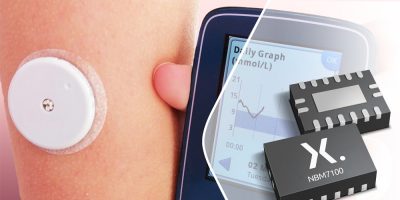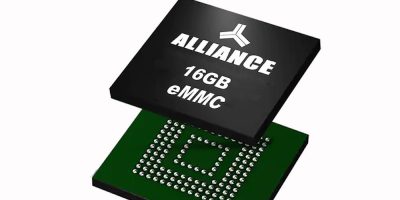Super-Short Channel is Magnachip’s latest design technology to reduce MOSFET resistance by shortening the channel length between the source and the drain. It is used in its seventh generation MXT LV MOSFET range extending its portfolio for battery protection circuits of mobile devices.
The Ron of these new MOSFETs has been reduced by 24 to 40 per cent, compared to previous generations, improving battery performance with low power losses when a battery is charging or discharging.
In addition, Magnachip provides customised design service, based on the application specifications and battery capacities. As a result, the company said, the sizes of the MOSFETs can be reduced by five to 20 per cent respectively.
Magnachip said it provides technical capabilities, flexible design and compact size options, for the extended MXT LV MOSFET line-up to satisfy the various technical requirements of a range of mobile devices, from premium foldable phones to wireless earphones.
The company has released five new MXT LV MOSFETs for battery protection circuits in 2023.
The 12 V MDWC12D028ERH, MDWC12D044E and 22V MDWC22D020E MOSFETs are available in a WLCSP. The 24V MDW24D048E and MDW24D150E are supplied in wafer form.
Magnachip Semiconductor designs and manufactures analogue and mixed signal semiconductor platform solutions for communications, IoT, consumer, computing, industrial and automotive applications. The company owns a portfolio of approximately 1,100 registered patents and pending applications.







